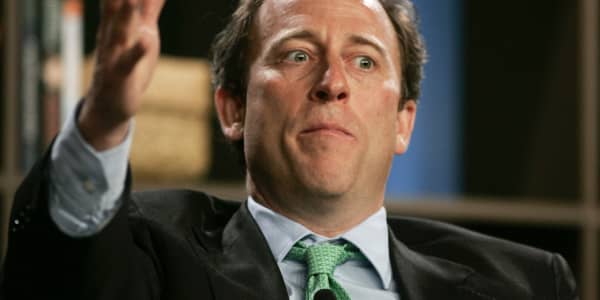Why would anyone want to buy a bond that last longer than they do?
These ultra-long-dated assets fell out of favor in the fallout from the financial crisis, as investors shifted to shorter-duration bonds to protect them against unpredictable spikes in interest rates. But now the "century bond" is returning to prick investor interest.
Read MoreSpiraling US yields covered in EU bank stress tests
Canada has become the latest to sell long-dated debt, with its auction of 50-year bonds. At the sale of bonds maturing in 2064 earlier this week, the Canadian government doubled the minimum target size of the sale, raising $1.36 billion.
Century bonds tend to be issued by governments and well-established companies, but both have to pay a premium to investors over a 30-year bond, which tends to the longest dated debt available from most firms.
Read MoreBonds vs. bond funds: What you need to know now
Recently issued century bonds currently pay yields of around 6 percent, making them attractive to some yield-hungry investors, as interest rates are currently at historical lows.
This compares to 10-year U.S. government paper, currently yielding 2.66 percent, while interest rates on 30-year U.S. debt sit at 3.47 percent. But the risk that the value of an ultra-long dated asset will diminish as interest rates rise over time, remains.
Demand for long-dated debt is usually from institutional investors, such as pension funds, which aim to lock in long-term returns. However, fund managers are growing increasingly interested in century bonds following the issuance of a 100-year sterling denominated bond from Mexico last month and a 100-year bond sale from electric utility group EDF in January.
Read MoreKeep bonds but stay alert, say advisors
EDF became the first company to sell such debt in the U.S. in more than two years according to data firm Dealogic, offering $700 million in 100 year bonds at a yield of 6.1 percent. The Mexican century bond sale raised £1 billion ($1.68 billion) selling bonds at a yield of 5.75 percent.
Coca-Cola and Walt Disney also issued century bonds in the 1990s, with yields at around 7.5 percent.
Richard Woolnough, fund manager at M&G who manages four funds overseeing over $43 billion, has also recently added both the Mexican government bond and the EDF bond to his funds but said it was not as simple as "we like ultra-longs".
Read MoreApple bond deal: Take a bite or steer clear?
"It very much depends on the issuer and we're only happy taking the duration risk if we think pricing is attractive. The EDF bond is a good example, where it came at a spread of 260bps over gilts, which we thought was cheap," Woolnough told CNBC.
Not all managers are so keen. In his latest investment update, Pimco bond star Bill Gross advised investors to stay away from longer dated bonds and has been recommending shorter-maturity debt for a number of months as a way of alleviating interest rate sensitivity in portfolios.
Pimco has suffered severe outflows last month, with the Total Return Fund—the largest bond fund in the world with $232 billion in assets under management—underperformed 94 percent of its competitors in March, according to Morningstar.
Read MorePimco shunned with $2.5 billion monthly outflow
But investment grade bond fund manager Euan McNeil said ultra-long dated debt had been "extremely beneficial" for the fund's performance so far this year. McNeil added the EDF bond to his fund, making it one of its largest holdings.
"As the first 100-year sterling deal to come to market, we felt there was an attractive new issue premium for investors," he said in an investment update.





